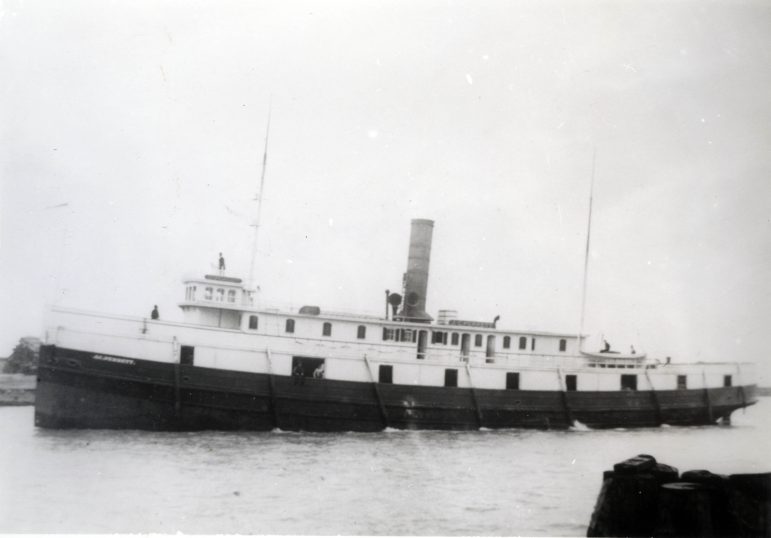
By Isabella Figueroa Nogueira
It was another foggy day of fishing on the Wisconsin waters of Lake Michigan. As 25-year-old Christopher Thuss was scanning the waters for bass, something unexpected appeared on his sonar: an unknown object beneath the surface. What he had discovered was no ordinary catch, but a 102-year-old shipwreck, the J.C. Ames.

By Clara Lincolnhol
The Department of Natural Resources is encouraging residents to report bat roosts. These are the places where bats sleep and raise their babies like chimneys, trees and bridges. DNR bat specialist John DePue says the Michigan Bat Roost Monitoring Program will collect data that will help scientists better understand bat behavior and improve conservation methods.

By Isabella Figueroa
There are many reasons for aquaculture, like food, stocking, ornamental and bait. Historically, commercial fishing provided local, sustainable seafood. Due to environmental regulations, species decline and economic shifts, however, this industry has shrunk in the Great Lakes Region, according to a recent study.

By Eric Freedman
In nature, a lot can change on a largely uninhabited Great Lakes island over the course of a century. And a lot can stay the same. That includes the disappearance and appearance of wildlife species. That’s what scientists discovered when they inventoried mammals and amphibians on Charity Island, a 252-acre speck near the mouth of Saginaw Bay in Lake Huron. It’s one of about 35,000 islands in the Great Lakes, most of them even smaller than Charity Island, according to a recent study.
More Headlines




